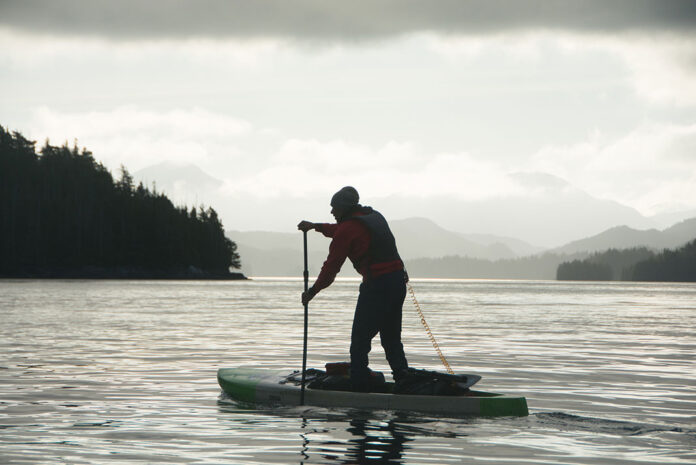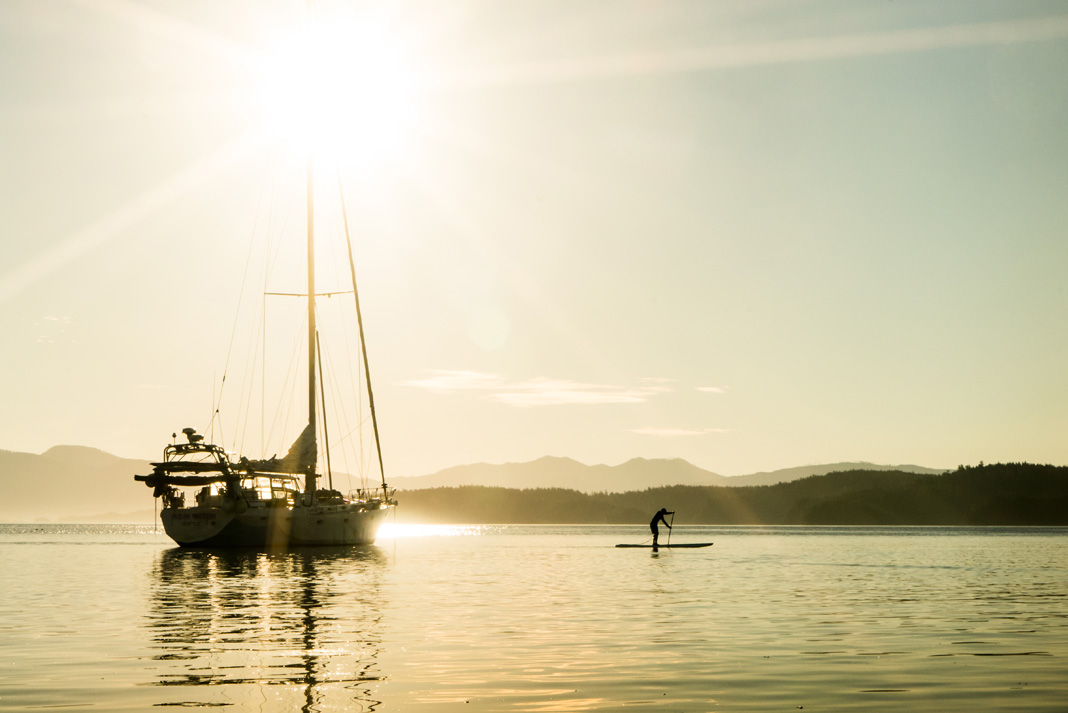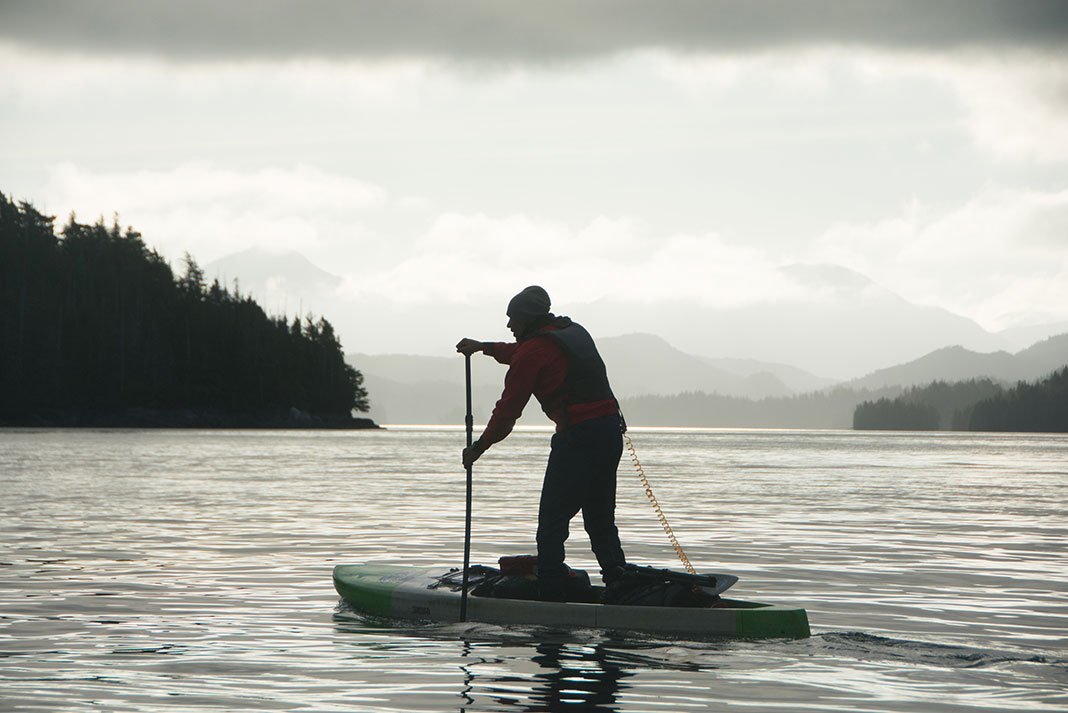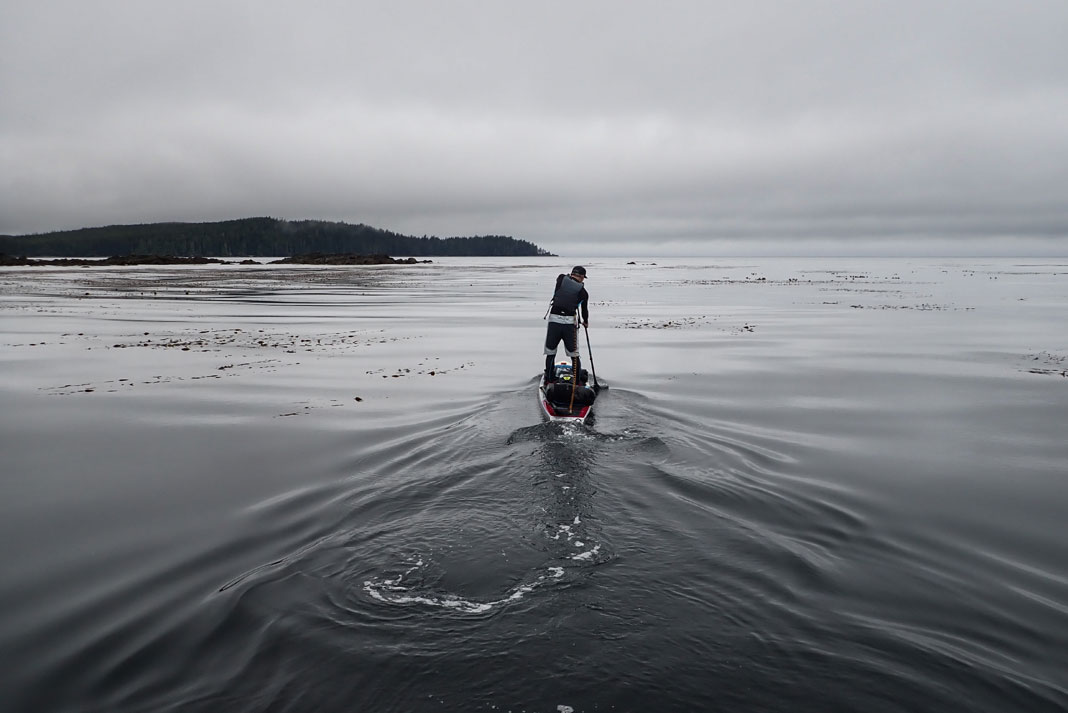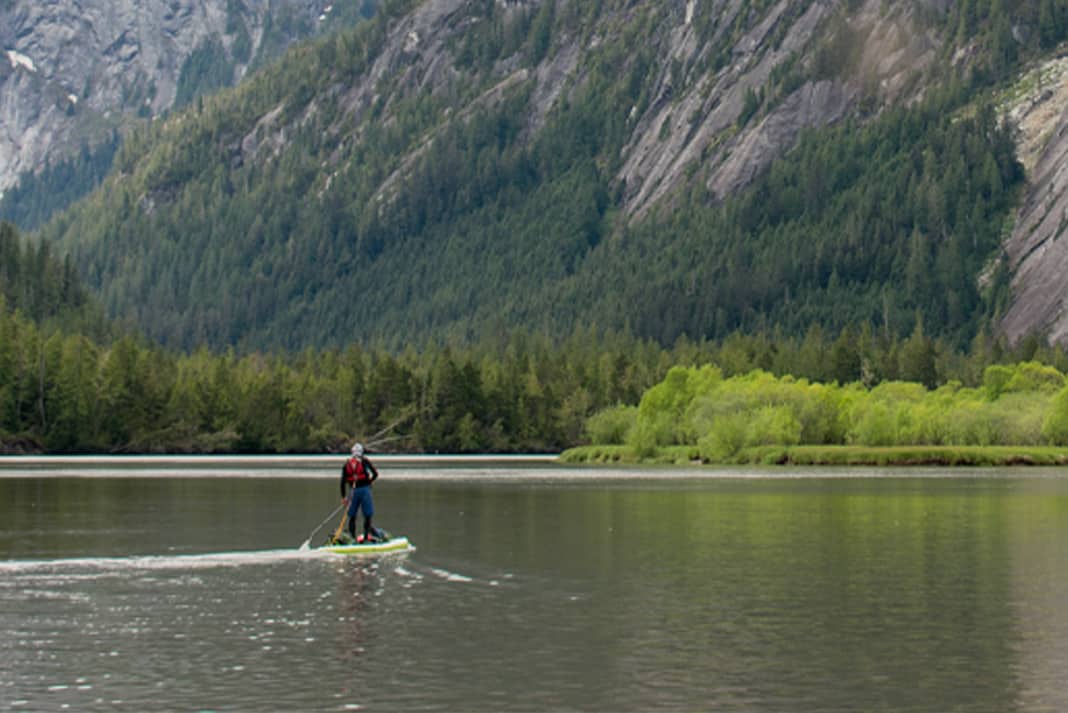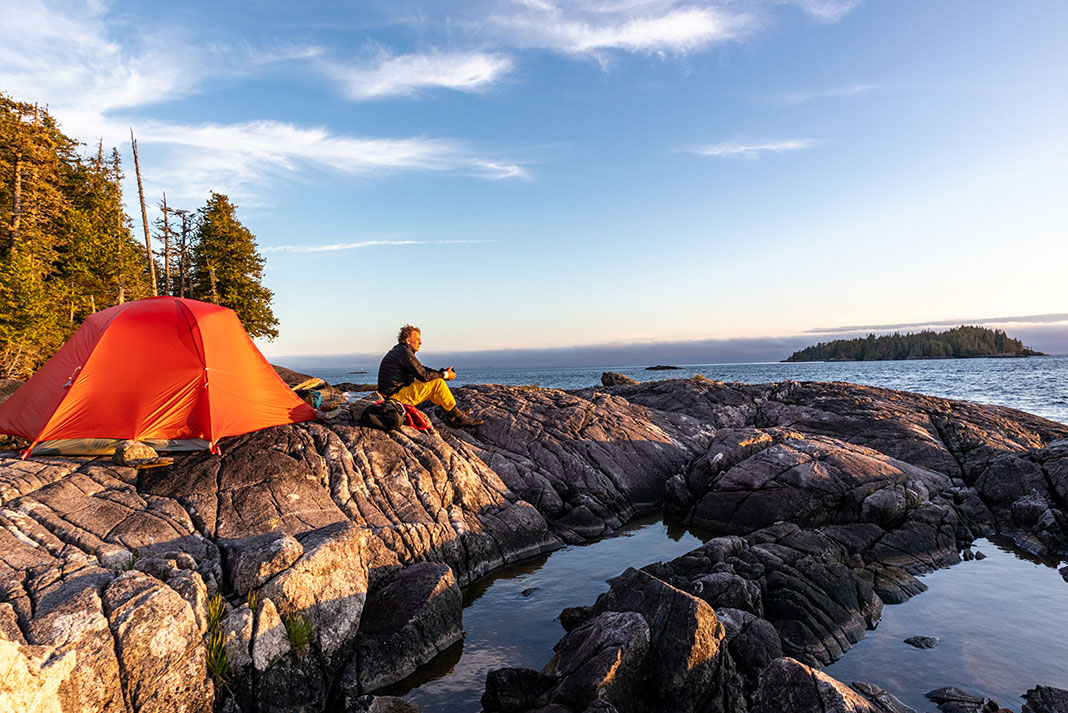Islands hold special appeal for paddlers. The best islands in the world for kayaking are alluring for their remoteness, great beaches, humbling headlands, unique wildlife and so much more. The mere sight of an island on a map—or, better yet, an island viewed across a watery expanse—leads us to dream and wonder what’s there.
Besides the tangible attractions, there’s simply something special about paddling a complete circle and the sense of fulfillment when you get back to where you started. This global list represents a mere fraction of the best islands for kayaking. It’s a place to get started, and a place to realize there’s never enough time to experience them all.

1 Philip Edward Island, Ontario
Located on the doorstep of Ontario’s beloved Killarney Provincial Park, Philip Edward Island is a classic Georgian Bay sea kayaking destination with a wide range of paddling options. Most trips begin from the Chikanishing River, where you will need an Ontario Parks permit to park your vehicle (backcountry camping permits are not required) at the launch.
It’s possible to explore the western edge of Philip Edward on a day trip, but watch the weather carefully to safely navigate stretches of open water. Better if you can set aside four to six days for a wilderness kayak trip to experience all of Philip Edward Island by paddling about 50 miles around its perimeter—an ideal Great Lakes sea kayaking trip for intermediate paddlers. Along the way you’ll experience countless glacier-polished offshore islands, reedy dead-end channels rich with fish, amphibians, birds and wildlife, amazing camping and more. Nearby Point Grondine Park, managed by local Indigenous people, offers a unique perspective on this ancient place.

2 Lake Superior National Marine Conservation Area, Ontario
An archipelago of more than 600 islands stretches from the Sibley Peninsula (aka the Sleeping Giant), east of Thunder Bay, to the Slate Islands in northern Lake Superior. Known as the Lake Superior National Marine Conservation Area, this is the largest expanse of protected freshwater in the world. You couldn’t imagine a better destination for sea kayaking.
Touring options range from novice-friendly day trips in the sheltered islands off the quaint village of Rossport; to multiday trips among the Slate Islands, a group of islands located about seven miles offshore that were created by an ancient meteor impact and feature unique geology, great fishing and a population of woodland caribou; to a wilderness expedition for experienced kayakers involving a 75-mile journey from Sibley to Rossport that includes many open water crossings, rugged scenery and outstanding solitude. All-inclusive guided tours are available in all cases.
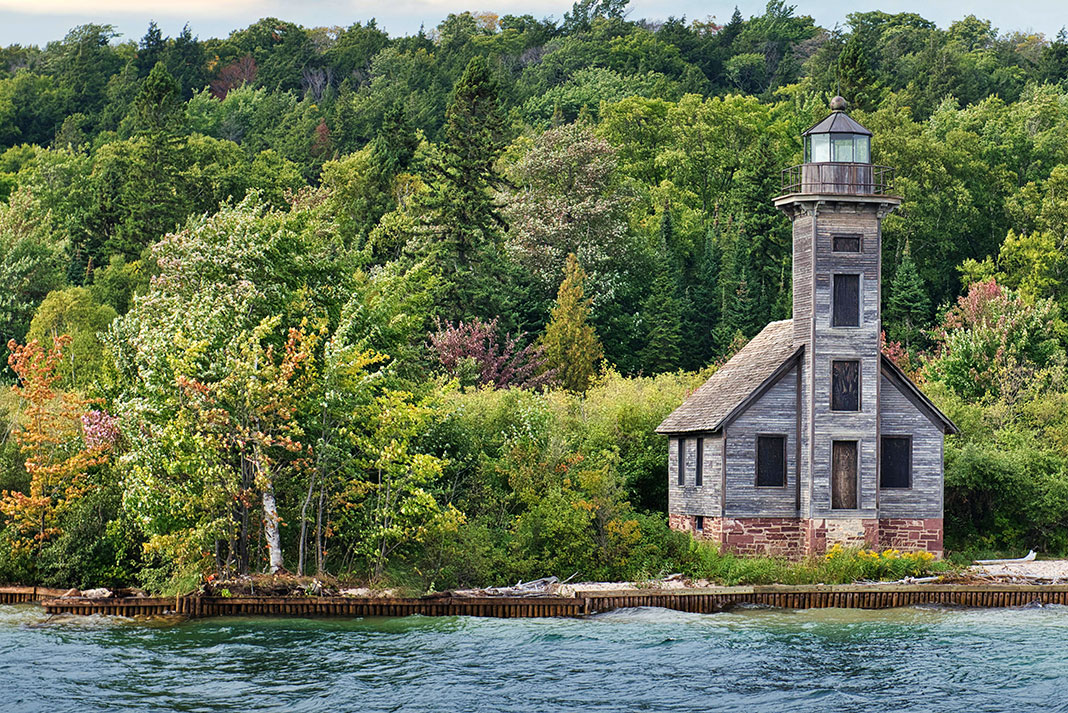
3 Grand Island, Michigan
Located on Lake Superior in Michigan’s Upper Peninsula, Grand Island lives up to its name with great beaches, sea caves and backcountry campsites for weekend sea kayaking trips. Access the island from the community of Munising, located on highway M-28. It’s a short ferry ride to the island or a moderate crossing for experienced sea kayakers—just be sure to check the weather in advance. There are 21 designated campsites on the island, with reservations required between Memorial Day and Columbus Day. Local outfitters offer guided day and overnight kayak trips to Grand Island.

4 Vancouver Island, British Columbia
Vancouver Island is an iconic sea kayaking destination on the Pacific coast of British Columbia. With over 750 miles of coastline, the island features a little (or more accurately, a lot) of everything, including endless beaches and rugged headlands on the exposed west side, and tide-washed channels on the east side, which is part of the Inside Passage. The island is accessible by ferry, serviced by BC Ferries, or by air.
Whether you’re a beginner or advanced paddler, it’s hard to find a better introduction to Vancouver Island than Clayoquot Sound. This large, island-choked bay on the west side of the island has great options for day trips to old-growth cedar forests and multiday expeditions to remote surf-washed beaches, headlands and hot springs. The community of Tofino is the gateway to Clayoquot Sound, and is home to several sea kayak outfitters.

5 Grand Manan Island, New Brunswick
Located at the mouth of the Bay of Fundy, New Brunswick’s Grand Manan Island provides a unique perspective on one of the most dynamic marine environments in the world. An abundance of zooplankton forms the foundation of the food web, attracting four species of whales (including the exceedingly rare North Atlantic right whale), porpoises, dolphins, seals and more. Along the shoreline and above the water, bird-watchers can revel in adding many species of seabirds to their life list.
Of course, it’s all better from a kayak—and local tourism operators offer guided kayak trips at Grand Manan Island. The island is accessed by ferry, with plenty of options for accommodations and great food when you arrive.
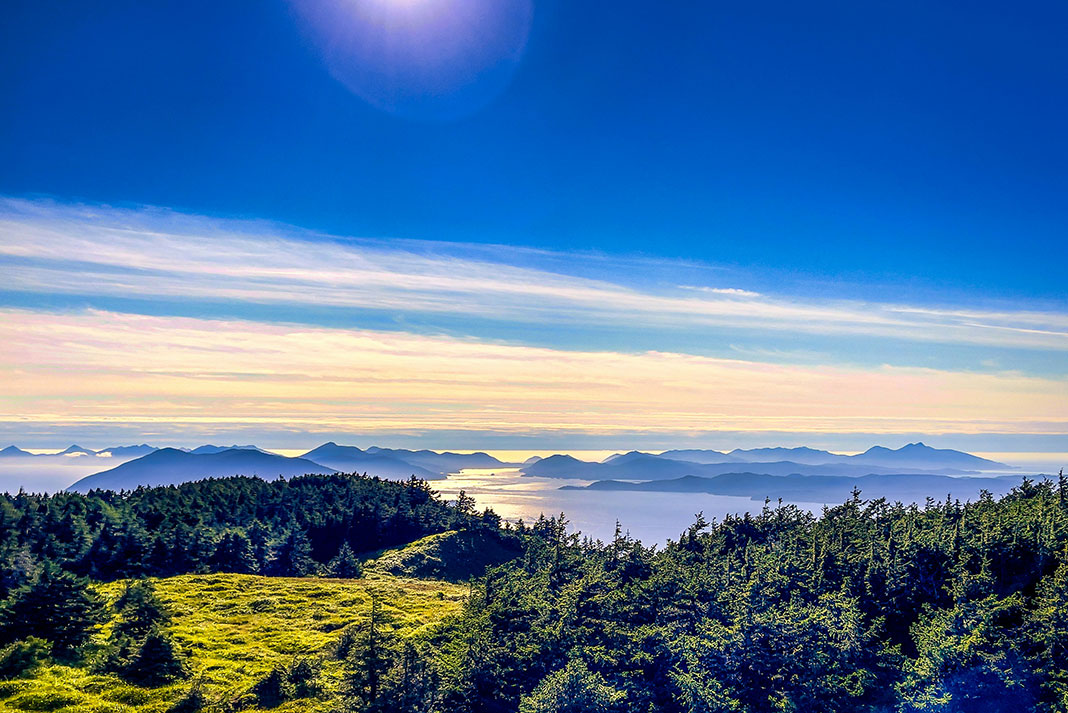
6 Panhandle Islands, Alaska
A cluster of mountainous, fjord-carved islands in the Alaskan Panhandle makes up the north end of the Inside Passage. The towns of Juneau and Haines are gateways for experienced sea kayakers to encounter the misty passages, monstrous glaciers, majestic forests and incredible marine life of Chichagof and Admiralty islands. Farther south, the communities of Ketchikan and Sitka are starting points to explore Prince of Wales Island and Tongass National Forest. The Alaska kayak route options are practically endless, ranging from day trips to all-inclusive, guided adventures to epic wilderness expeditions.
7 Tybee Island, Georgia
Tybee Island is located near the border of South Carolina and Georgia, part of a sandy delta formed at the mouths of the Bull River and Tybee Creek, close to the city of Savannah. Tybee is a renowned winter destination for sea kayakers looking to develop their skills in rough, yet warm, waters, including surf and tidal currents. Outfitters provide rentals and certified instruction, as well as guided trips, to help you learn more about this unique coastal environment.

8 San Juan Islands, Washington
Washington’s San Juan Islands make up the southern end of the Inside Passage. The San Juans are noted for their temperate climate and moderate precipitation, offering a distinctive Mediterranean feel in the Pacific Northwest. Besides lush forests of unique arbutus trees, shell beaches and a laid-back vibe, the area is also home to seals and orca whales. Guided sea kayaking day trips and overnight adventures are available for novices and families.
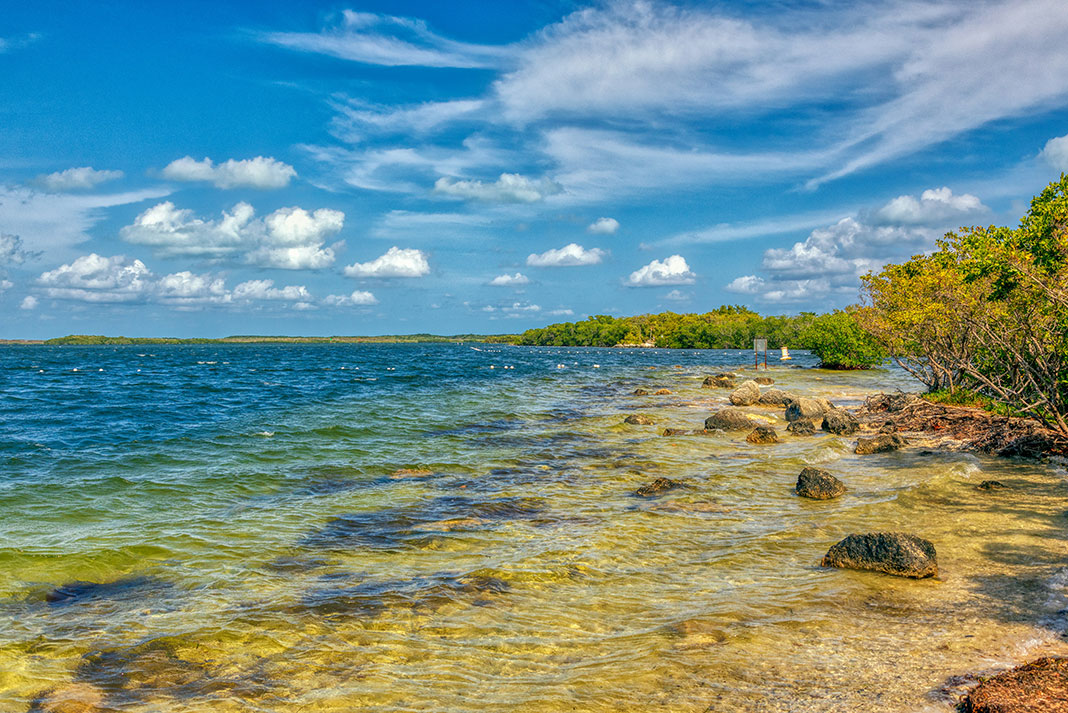
9 Florida Keys
Dry Tortugas National Park is an amazing place to kayak at the tip of Florida. Part of the famous Florida Keys, about 70 miles west of Key West, Dry Tortugas offers camping options on Garden Key, great paddling opportunities, world-class snorkeling, a historic fort and some of the best beaches in America. This marine park consists of seven magical islands, surrounded by aquamarine waters, incredible coral reefs and colorful fish.

10 Carmen Island, Baja
Carmen Island is located in the heart of Mexico’s Loreto Bay Marine Park, in the Sea of Cortez. Warm water, great beaches, and an incredible contrast of marine and desert ecosystems define a Baja sea kayaking trip. Paddlers may encounter plenty of wildlife in the sea and on land, including dolphins, blue whales, sea turtles and bighorn sheep. The shoreline is a stunning mix of beaches, sea caves and cliffs. Maximize your experience of this rich area—and simplify the logistics—by signing up for a guided trip.

11 Glover’s Reef, Belize
Belize is a kayaker’s dream, with over 450 islands, known as “cays,” pinpricking the Great Barrier Reef in the Caribbean Sea. Glover’s Reef is one of Belize’s best places to kayak, providing amazing options for kayak tours to explore other cays and short paddles to access world-class snorkeling sites. With incredible clear water, fantastic marine life and friendly people (including outfitters and guides), paddlers would be hard-pressed to find a better destination than Belize for a winter trip.
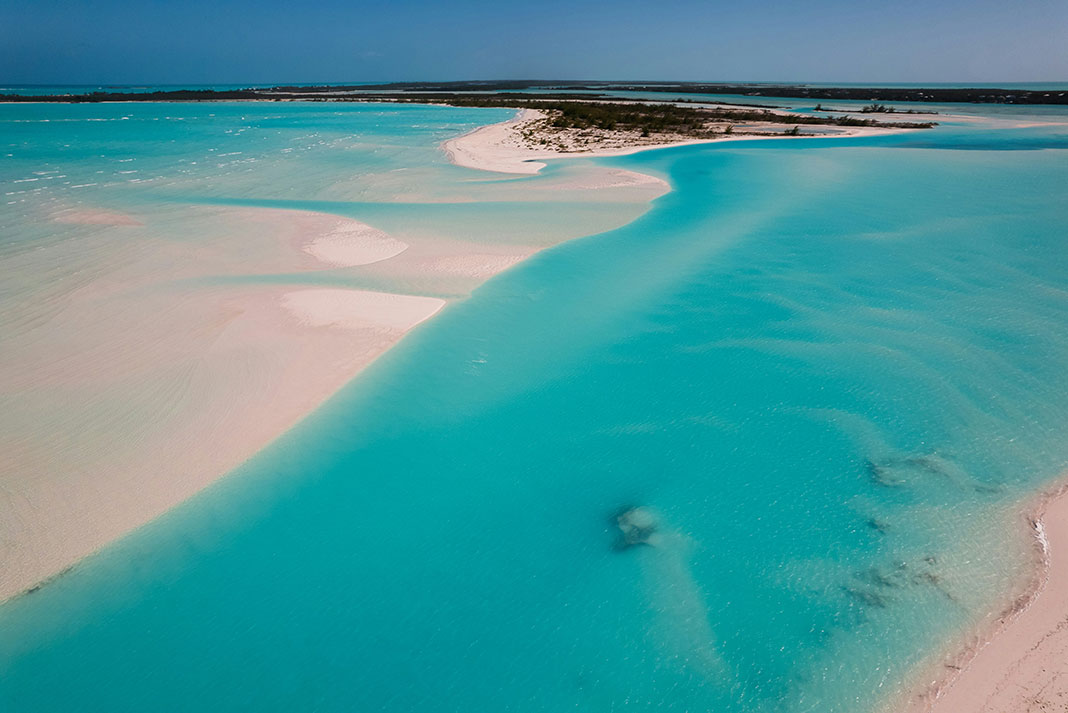
12 Exuma Cays, Bahamas
The Exuma Cays are made up of 365 islands and cays of various sizes, from tiny sand spits to Great Exuma, a strip of limestone and sand measuring about 40 miles in length. With so many islands to explore, each with its own charm, there’s plenty of variety when it comes to Bahamas kayaking. You can travel with a guide or rent from a local outfitter to plan island kayak trips with a mix of camping and lodge accommodations. The Bahamas are an ideal destination if you’re looking to combine paddling with snorkeling and time on some of the best beaches in the world.
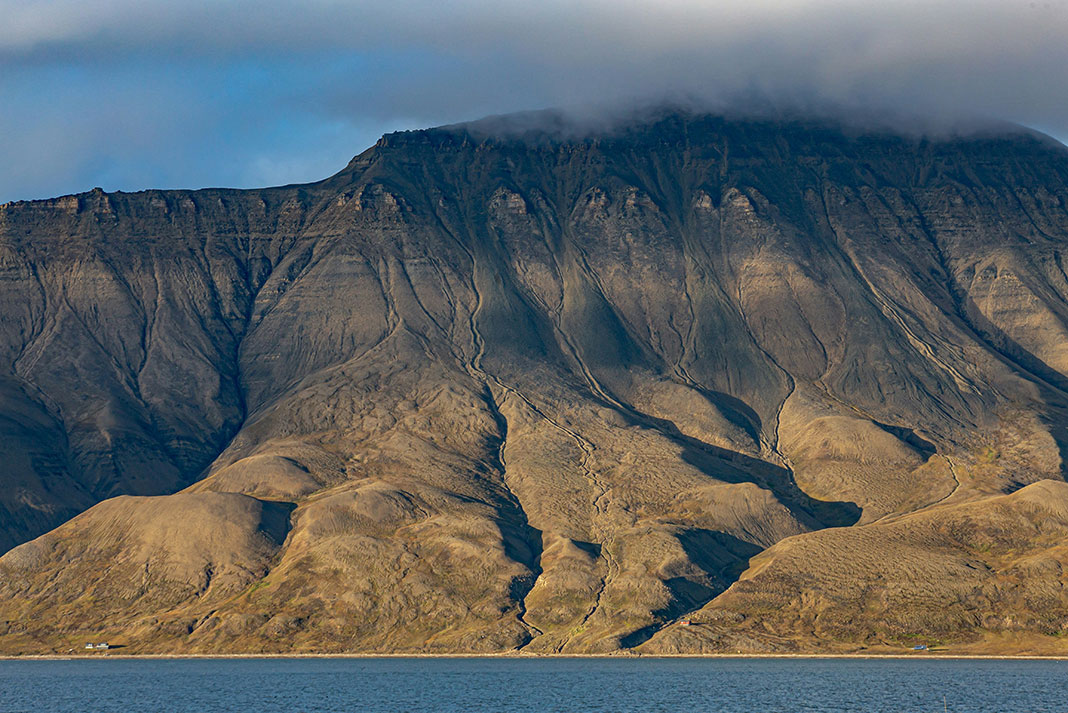
13 Svalbard, Norway
There aren’t many islands more remote than Svalbard, which translates from old Norse to “cold edge”—an apt name for a place of polar bears, pack ice and midnight sun. This Norwegian archipelago rises from the Atlantic north of 71 degrees latitude, featuring a rugged shoreline of barren rocks rising to jagged peaks. Svalbard is a bucket-list destination for paddlers who love to see the world from a kayak. You’ll definitely want to sign up for a guided trip to experience these polar waters, and kayaking features prominently on several adventure cruise options.
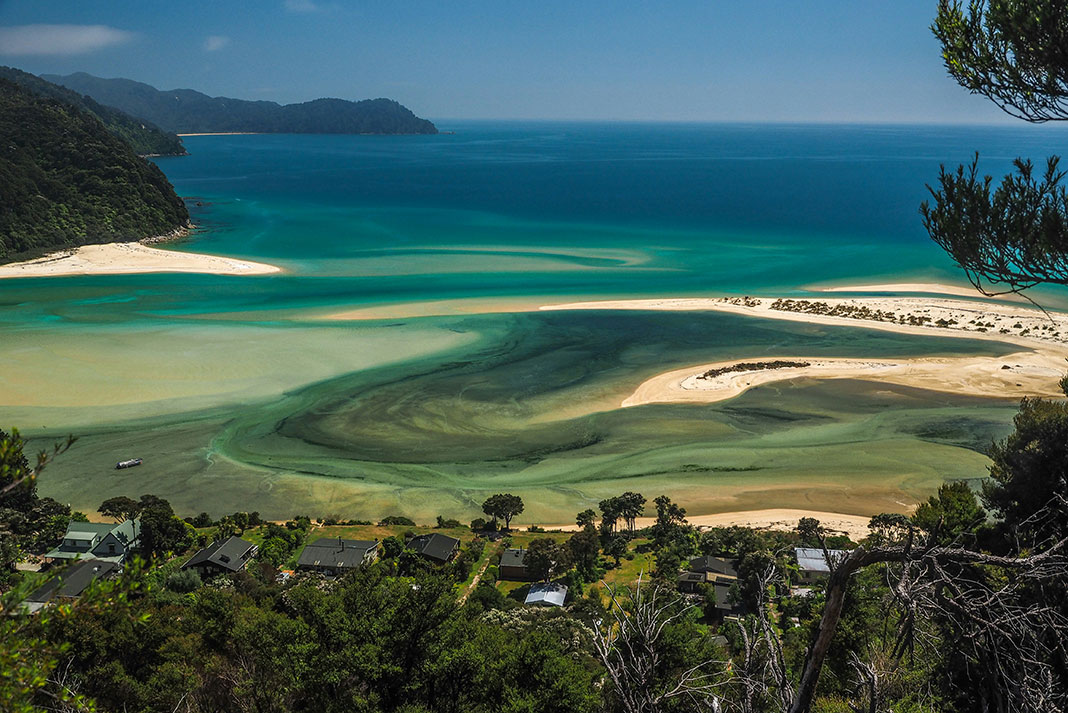
14 Abel Tasman National Park, New Zealand
Abel Tasman National Park is located at the north end of New Zealand’s South Island—a bucket-list destination for adventurers of all types. Abel Tasman features some of New Zealand’s best kayaking, with expansive beaches and an incredible coastline that’s serviced by water taxis to allow DIY paddlers the opportunity to customize their own kayak trips, ranging from hours to days on the water.
Plenty of options for guided kayak trips in Abel Tasman are available as well, making the area suitable for paddlers of all skill levels. Besides kayaking, the park is a biodiversity hot spot with a rich array of seabirds (including little blue penguins—the world’s smallest species of penguin) and lush, tropical flora.
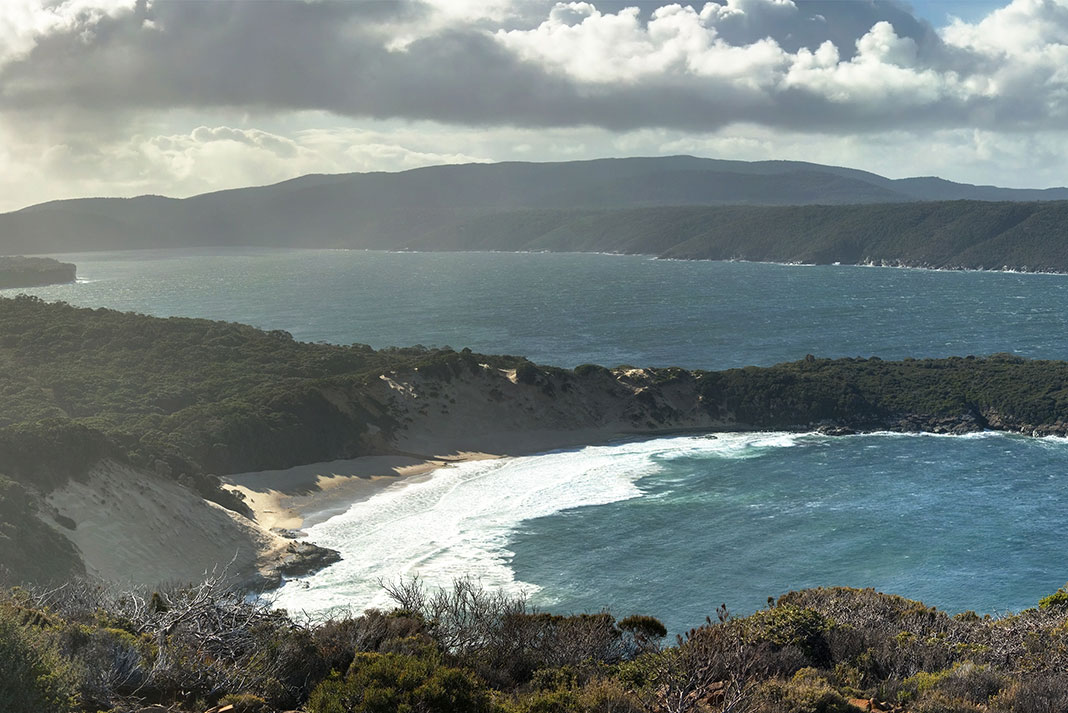
15 Tasman Peninsula, Australia
The Australian state of Tasmania provides a stark contrast of rocky cliffs and fine-sand beaches, especially on the Tasman Peninsula. This is truly a life-list destination for sea kayakers, with amazing paddling and the opportunity to see migrating humpback and southern right whales throughout the austral summer. Various options are available for guided day trips and luxurious multiday adventures.

16 Yasawa Islands, Fiji
Home to the famous Blue Lagoon, the Yasawa Islands capture just about everything you’d expect from Fiji: 20 paradisiacal islands with palm-clad beaches, cerulean waters, incredible fish and wildlife below and above the sea, and friendly communities that live the wonder of “island time.” Paddling options range from resort-based day trips for recreational kayakers to expeditions with island-to-island crossings, up to 10 days in length.
Feature photo: Lesly Derksen/Unsplash



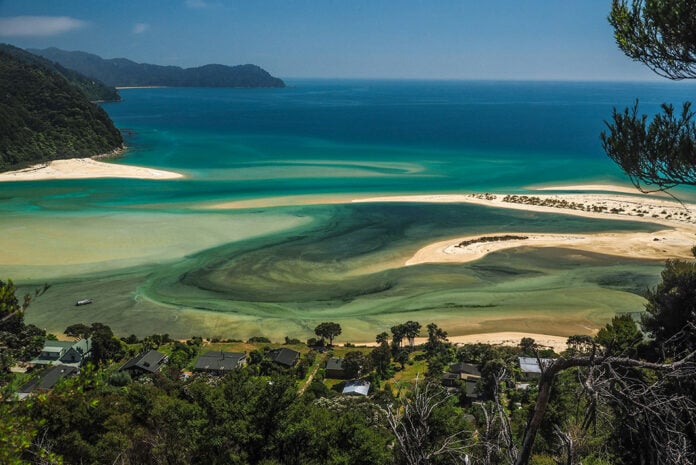


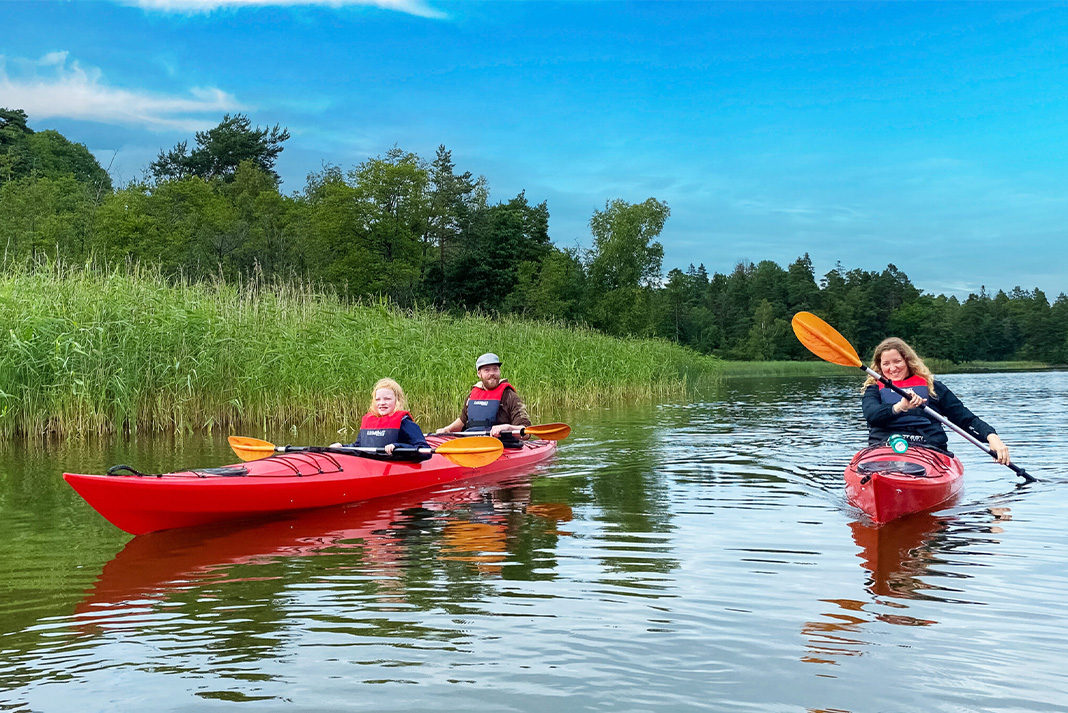
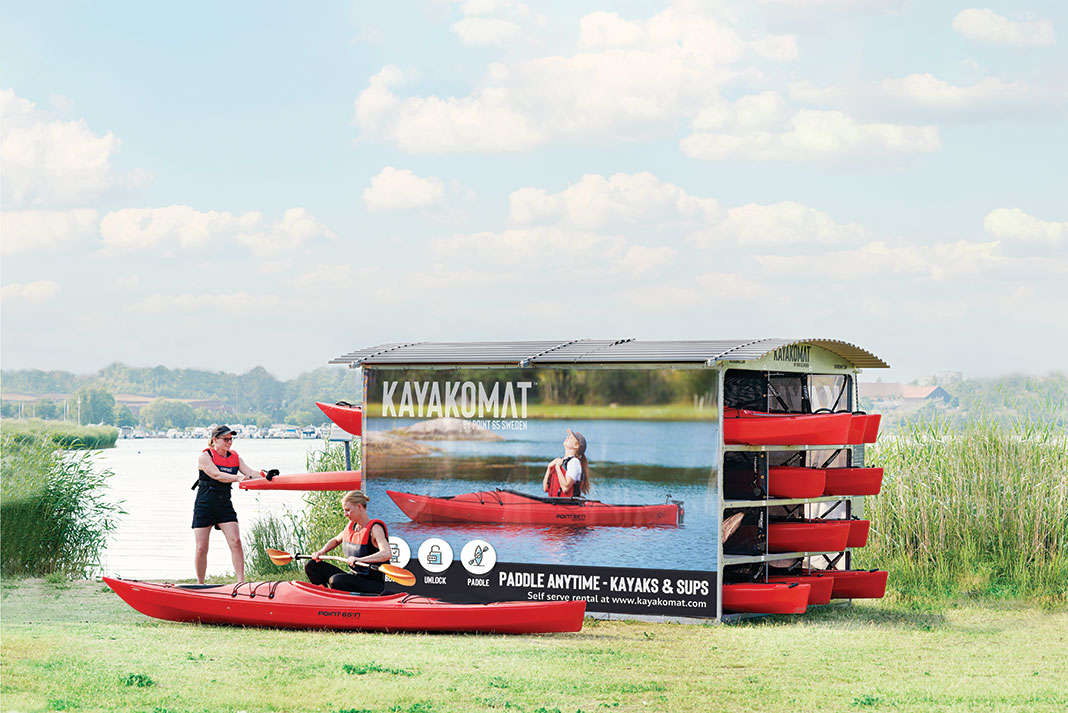

 This article was first published in the 2024 issue of Paddling Business. Inside you’ll find the year’s hottest gear for canoeing, kayaking, whitewater and paddleboarding. Plus: how to beat the big box, forty years in the Four Corners, building the Paddlesports Trade Coalition and more.
This article was first published in the 2024 issue of Paddling Business. Inside you’ll find the year’s hottest gear for canoeing, kayaking, whitewater and paddleboarding. Plus: how to beat the big box, forty years in the Four Corners, building the Paddlesports Trade Coalition and more. 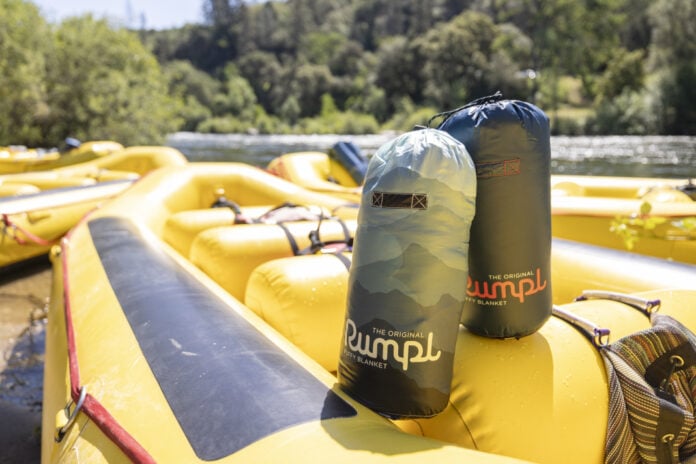
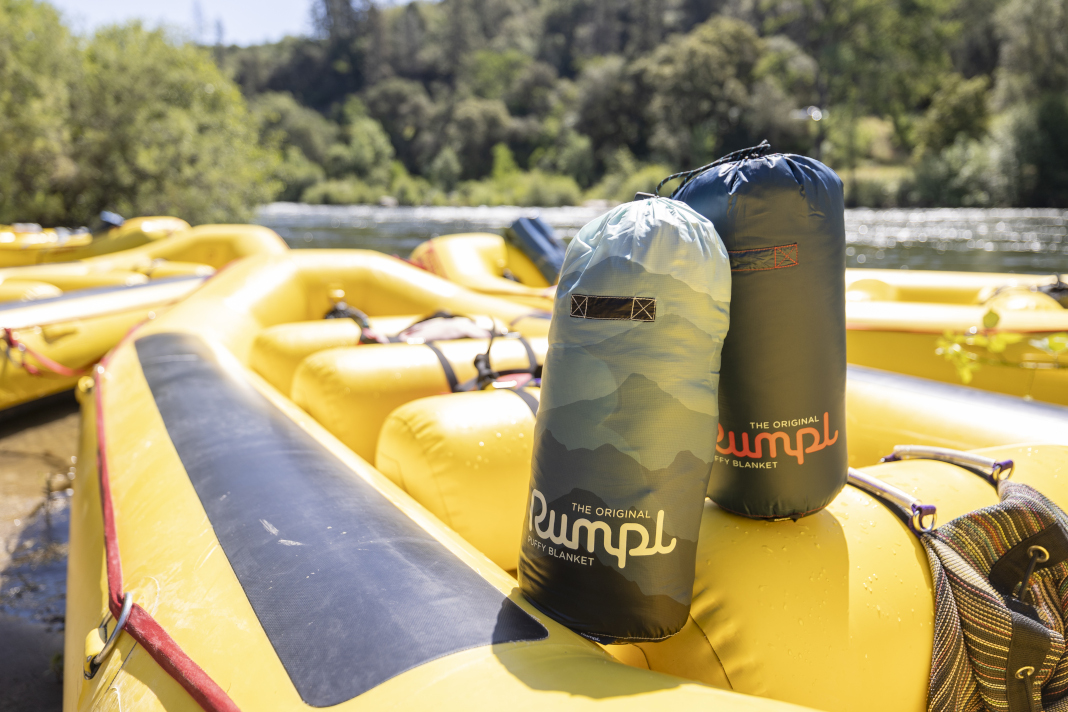
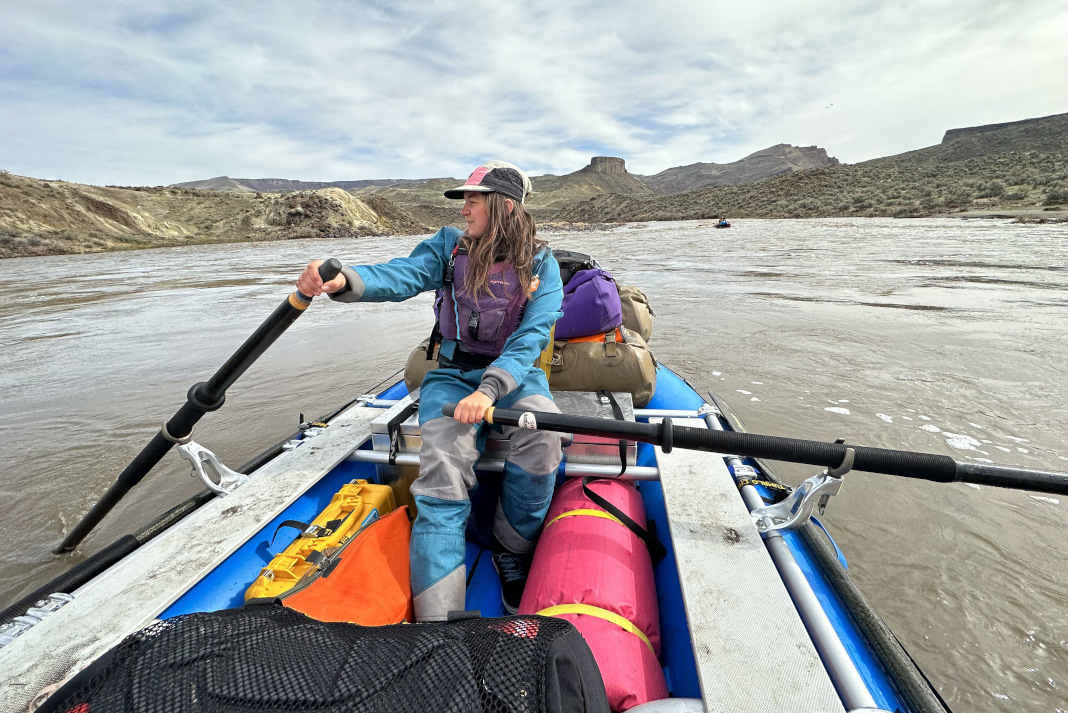

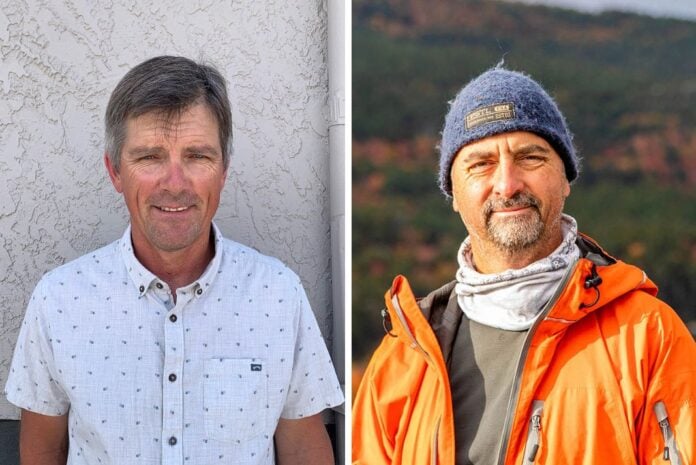
 About Joel McBride
About Joel McBride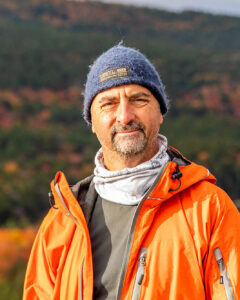 About James McBeath
About James McBeath

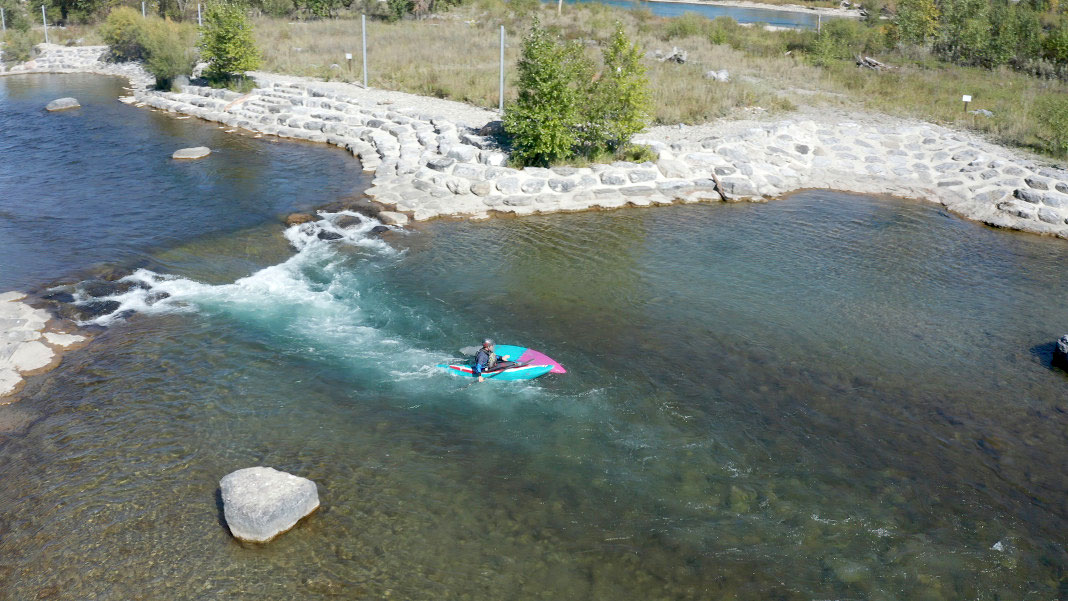



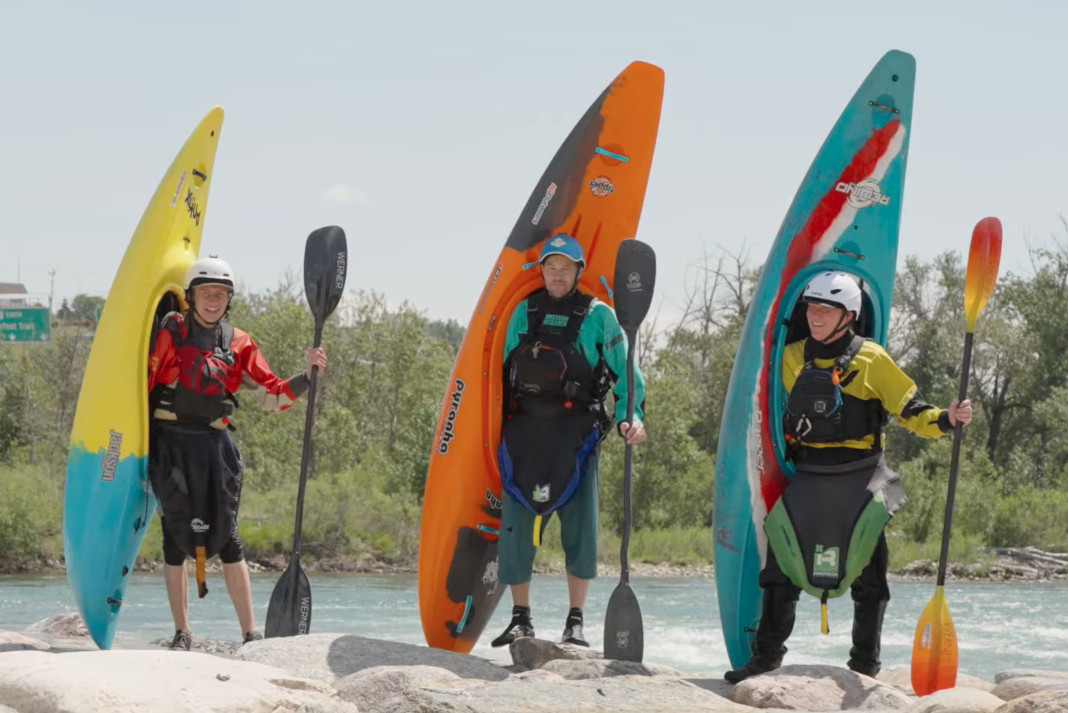
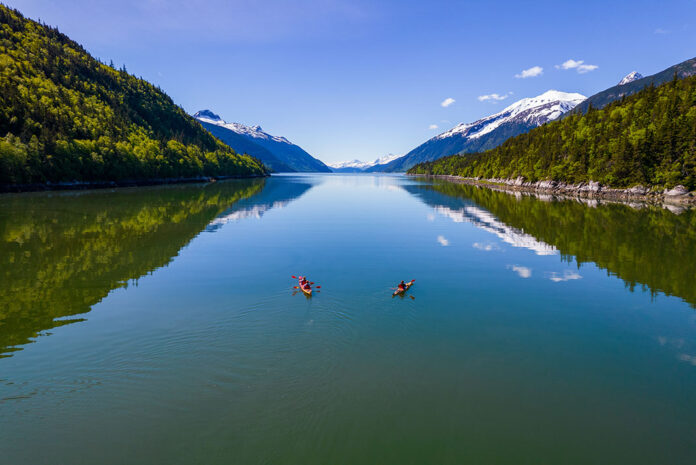
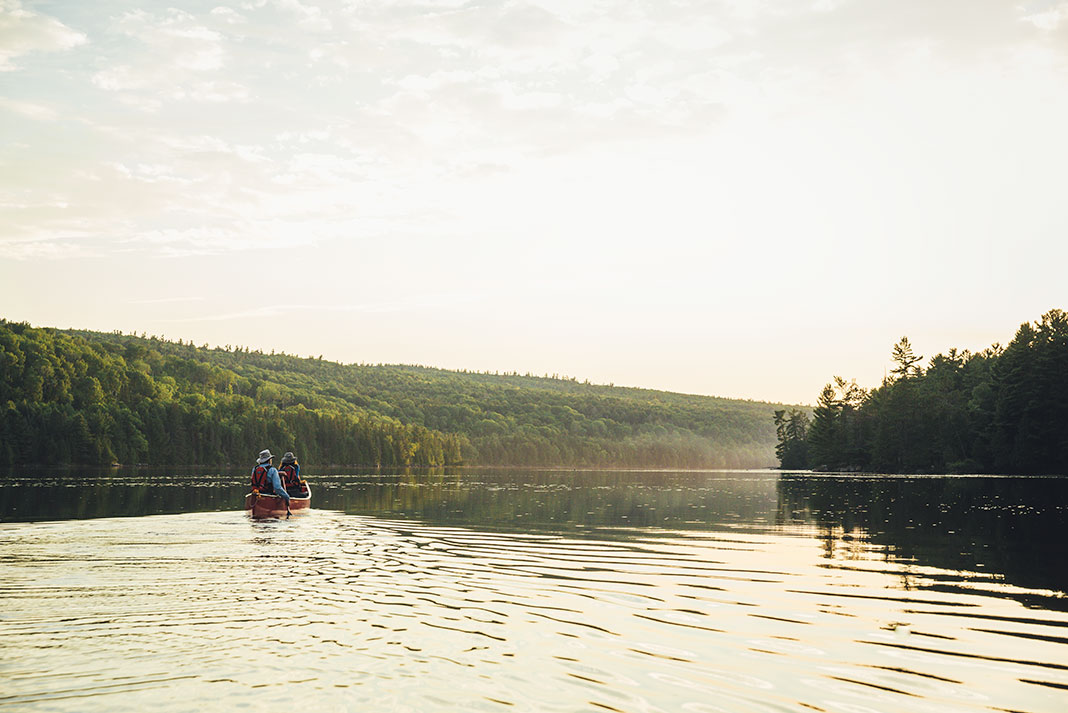

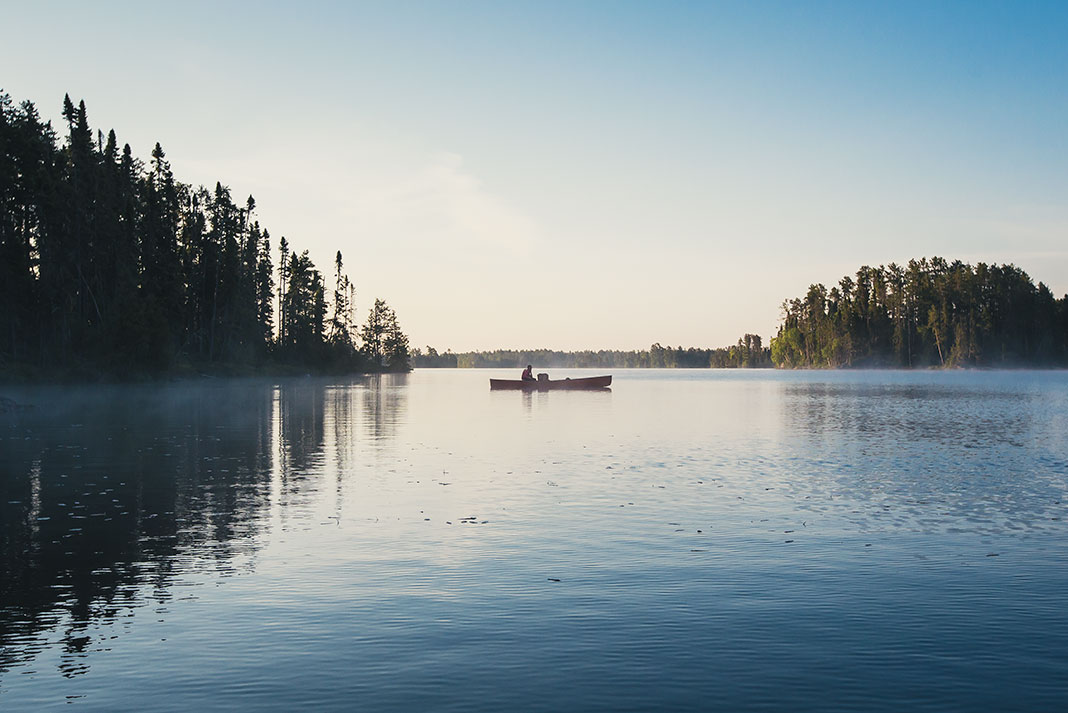

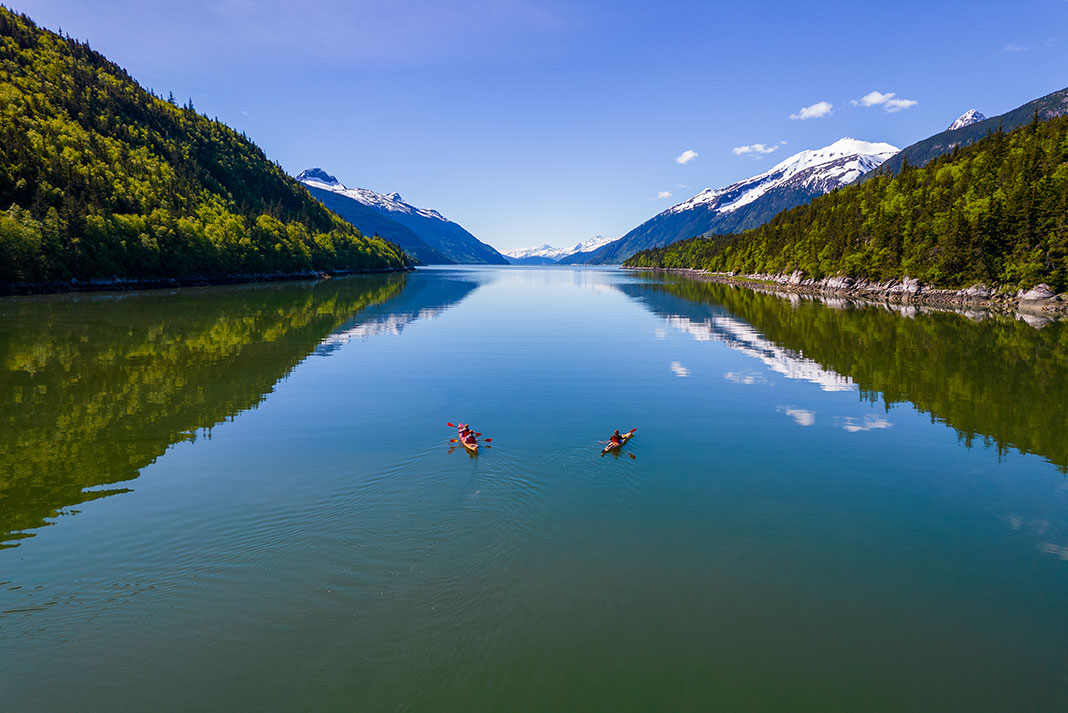
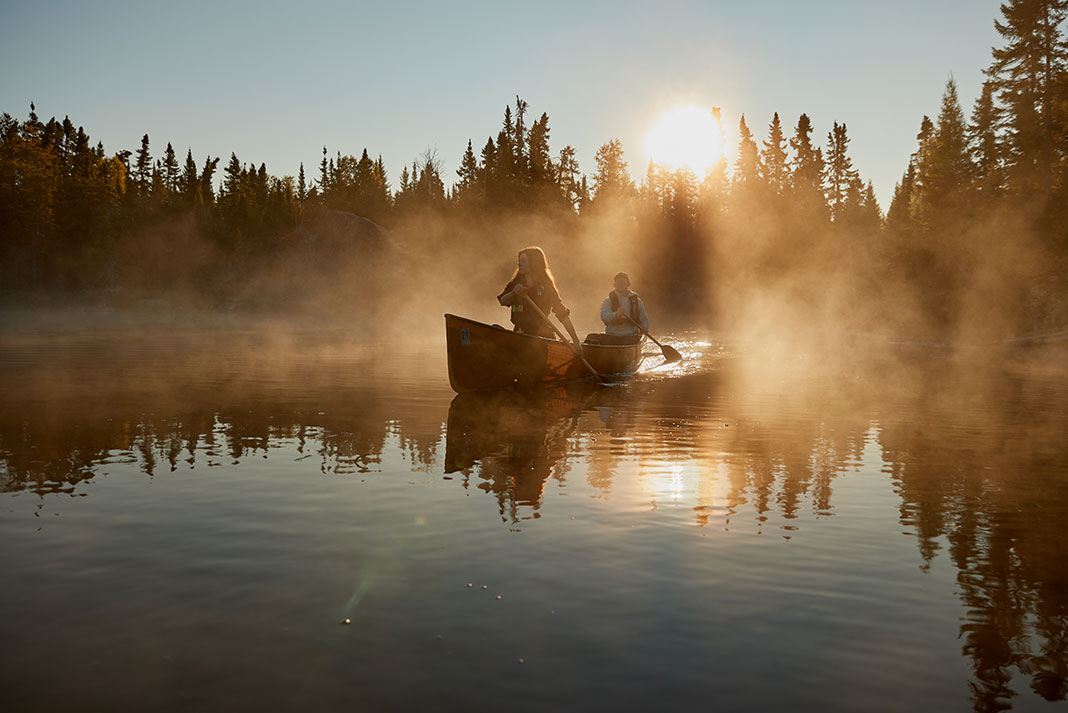
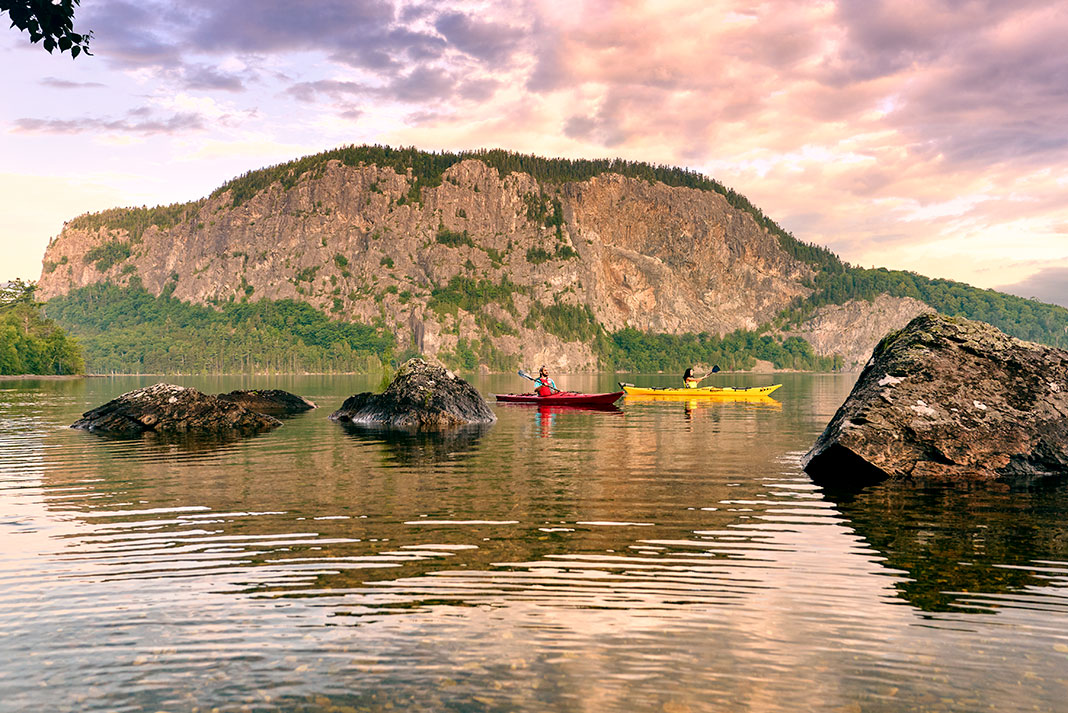
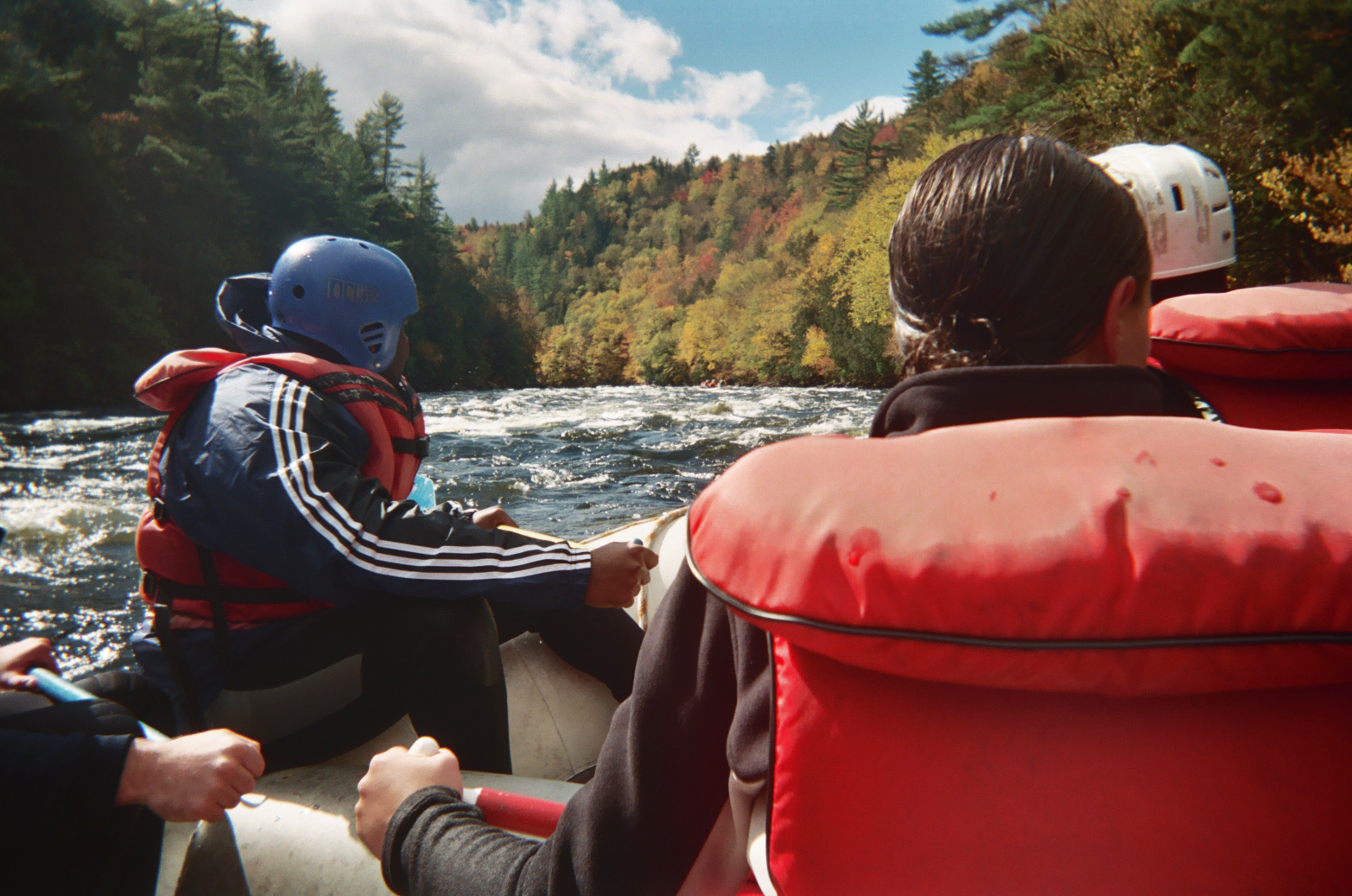

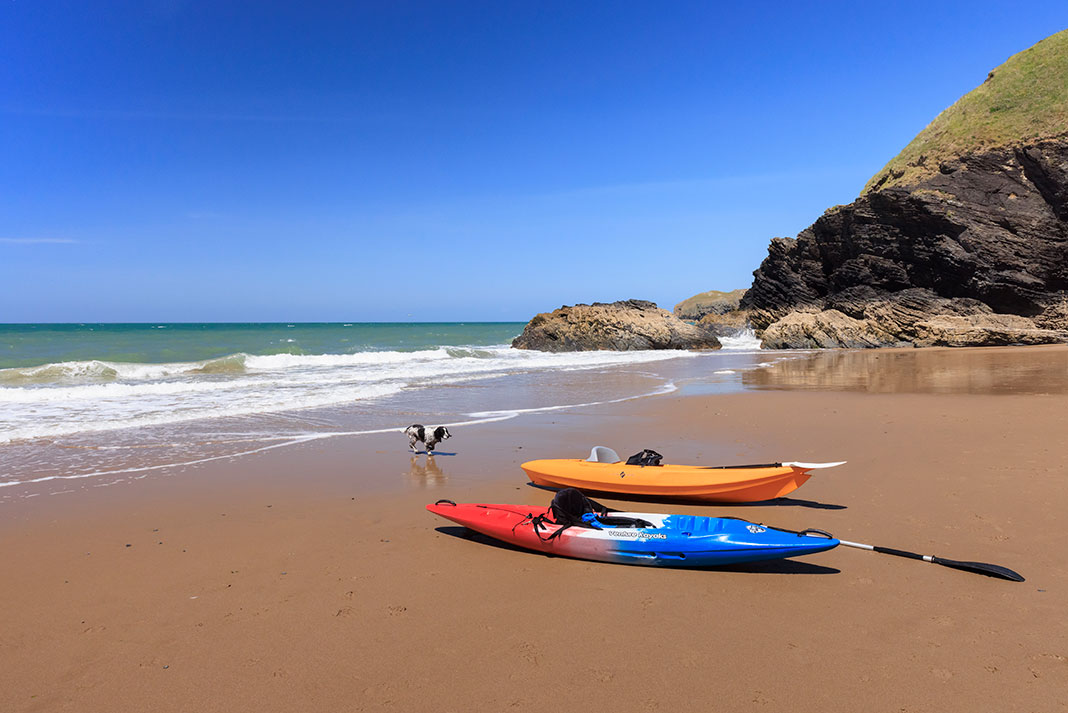


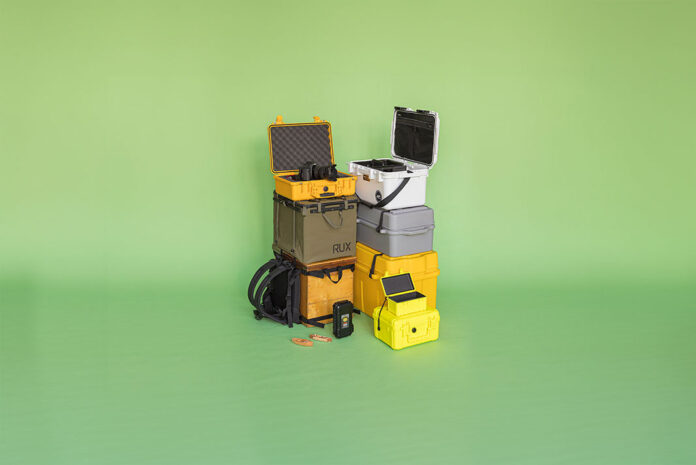
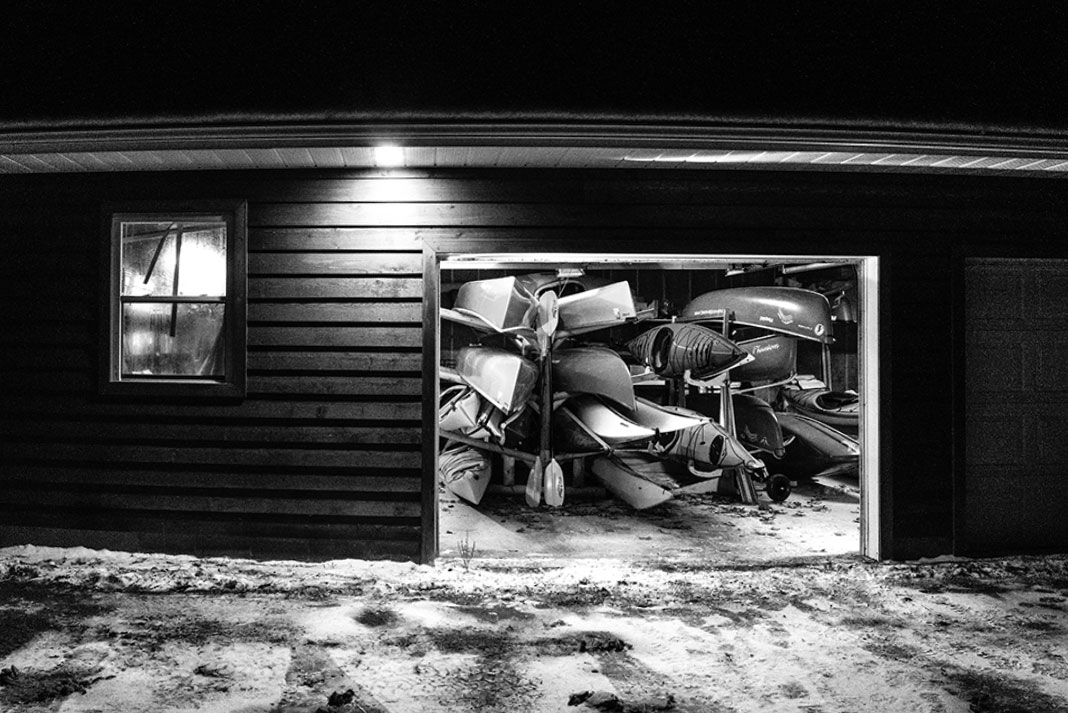
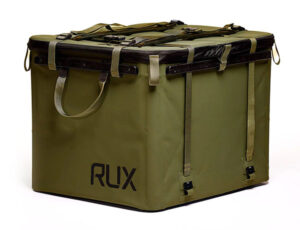
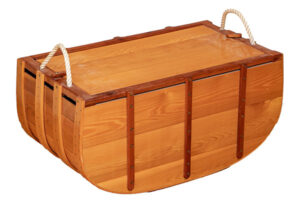
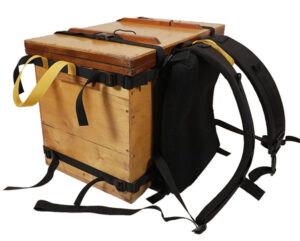
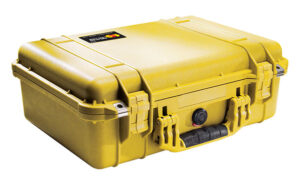
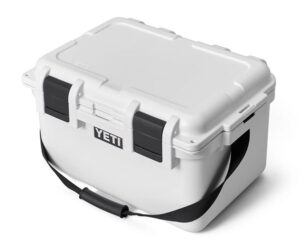

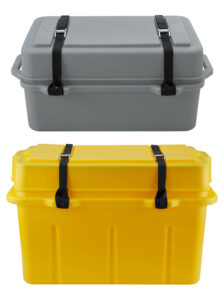
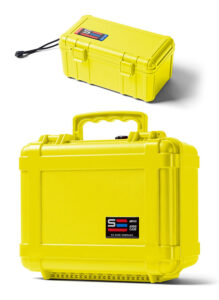

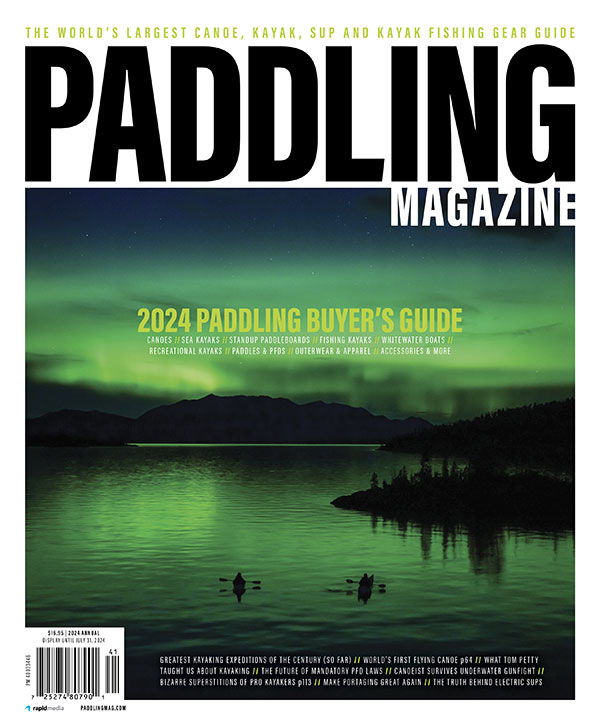 This article was first published in the Spring 2024 issue of Paddling Magazine.
This article was first published in the Spring 2024 issue of Paddling Magazine. 